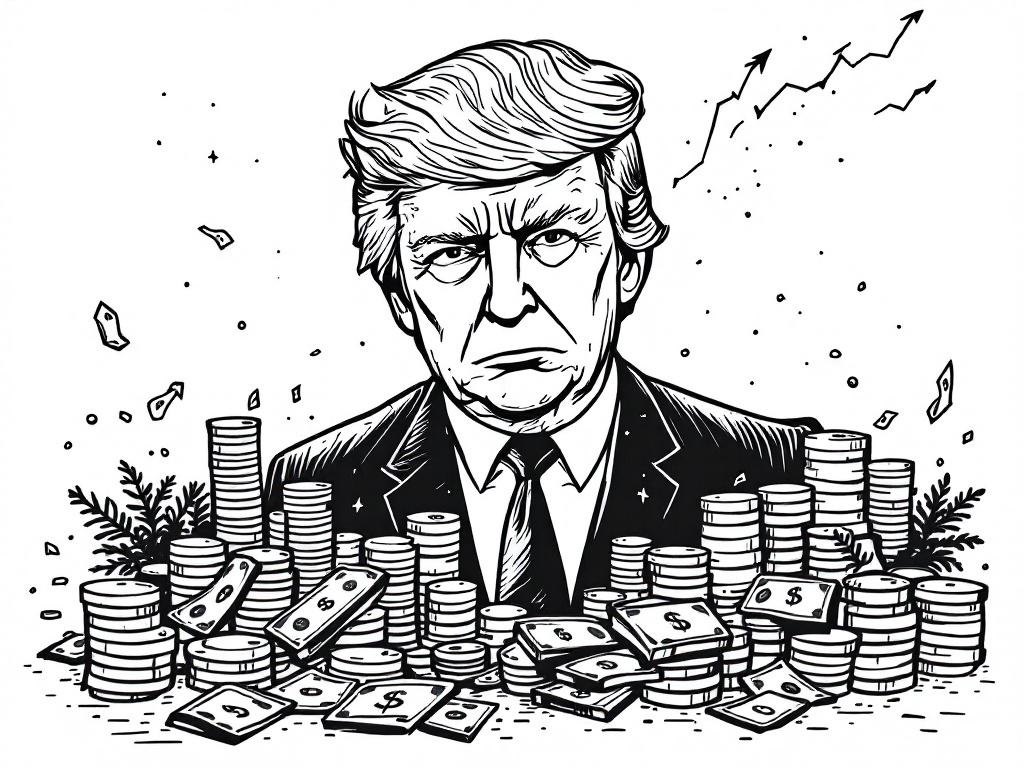Trump's Tariffs Spark Inflation Worries Amid Economic Uncertainty

Washington, D.C., Friday, 8 August 2025.
Recent tariffs imposed by Trump have driven U.S. import duties to historic highs, leading to inflation concerns and potential recession risks, as businesses face mounting costs.
Understanding the New Tariff Structure
On August 7, 2025, President Trump implemented sweeping tariffs on goods from more than 60 countries, marking a pivotal shift in U.S. trade policy. These tariffs, which now average 15%, represent a significant increase from the approximately 2% rate in 2024 [5][7]. Notably, tariffs have reached as high as 50% against countries like India, primarily due to their importation of Russian oil, indicating a strain on international trade relations [7][6].
Impact on Inflation and Employment
The introduction of these tariffs coincides with an uptick in inflationary pressures in the U.S. With import duties climbing, businesses are compelled to pass increased costs onto consumers, potentially raising the personal consumption expenditures (PCE) index, a favored inflation measure of the Federal Reserve [7][9]. This economic environment is characterized by stagnating job growth, with only 85,000 jobs added monthly this year, suggesting a tightening labor market and the looming possibility of a recession [9].
Global Repercussions and Economic Uncertainties
Globally, Trump’s tariffs have introduced significant economic volatility. Stock markets have responded unfavorably, exemplified by a 0.5% drop in the Dow Jones Industrial Average on the tariffs’ implementation day [8][6]. Additionally, industries such as automotive and electronics are grappling with the immediate impacts of elevated tariffs, which threaten supply chains reliant on affordable foreign imports [8].
Policy Responses and Future Prospects
Amid these challenges, the Federal Reserve is poised to respond with interest rate cuts to bolster economic activity. Analysts anticipate two rate reductions before year’s end, hoping to offset the potential recession and stabilize the economy in 2026 [9][8]. However, the overarching uncertainties and prolonged trade tensions sustain a challenging climate for policymakers and businesses alike [9].